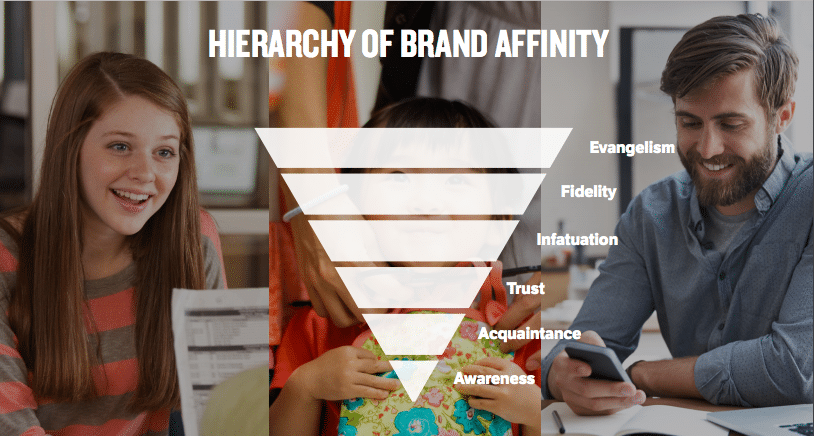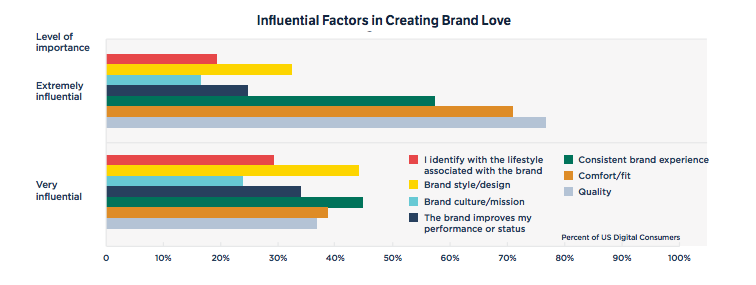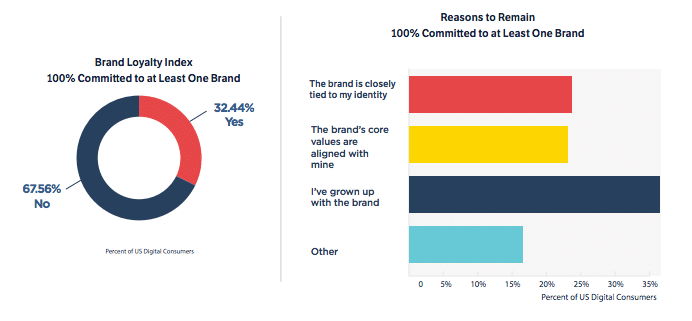These are among the brands known as “loyalty juggernauts.”
Levi Strauss, Nike, T.J. Maxx, Walmart, Dollar Tree, TikTok, Costco, Sephora, Zappos and Amazon led in their respective categories in an index measuring loyalty and customer engagement.
According to the 27th annual Customer Loyalty Engagement Index, those are some of the brands that are “‘loyalty juggernauts” — brands of such overwhelming economic force that their ability to meet expectations makes them far more powerful than universal awareness alone,” said Robert Passikoff, founder and president of Brand Keys, the New York-based brand engagement and customer loyalty research consultancy. The index examined customers’ relationships with 1,200 brands in 114 categories. Some 95,607 consumers, ages 16 to 65, were surveyed.
For example, Levi’s won in the apparel category (91 percent); Nike won in athletic shoes (89 percent); T.J. Maxx was in the top position in department stores (79 percent); Walmart won in discount (82 percent); Zappos won in online shoes (90 percent); Costco won in price clubs (89 percent), and Amazon came in first place online (96 percent). The percentages indicate their ability to meet expectations consumers hold for the ideal (100 percent) in their category.
“This loyalty paradigm has changed dramatically since the ‘Cola Wars’ of the ’70s,” said Passikoff. “Today, loyalty — and consumer choice — don’t come down to one-or-the-other option. Today’s loyalty bottom line comes down to consumers’ deepest expectations, and how they feel which brand measures up best. Customer behavior and brand loyalty are now almost entirely governed by emotional values related to expectations and expectations grow constantly.”
Passikoff noted a few economic facts that substantiate the cost-and-effort effectiveness of brand loyalty strategies. For example, it costs 16 times more to recruit a new customer than keep an existing one. A 5 percent increase in loyalty lifts lifetime profits per customer by as much as 78 percent, and a 5 percent loyalty increase is equal to a 12 to 21 percent across-the-board cost-reduction program.
He noted that being a loyalty juggernaut moves brands beyond primacy of product, distribution, ad budgets, even pricing. Being a loyalty juggernaut essentially commands category leadership. “The ability to meeting those very high consumer expectations better than the competition acts like the ‘super glue’ of loyalty,” he said. “Brands create a virtually unbreakable bond with customers.”
Feature Image Credit: SOPA IMAGES/LIGHTROCKET VIA GETTY IMAGES









